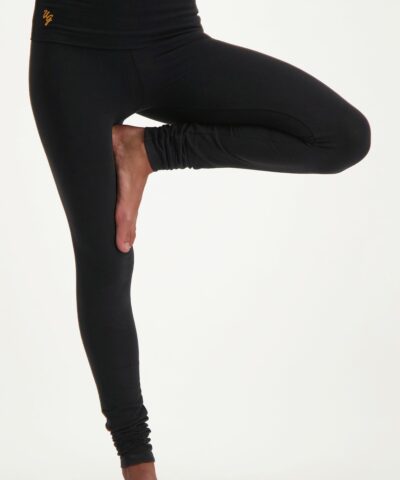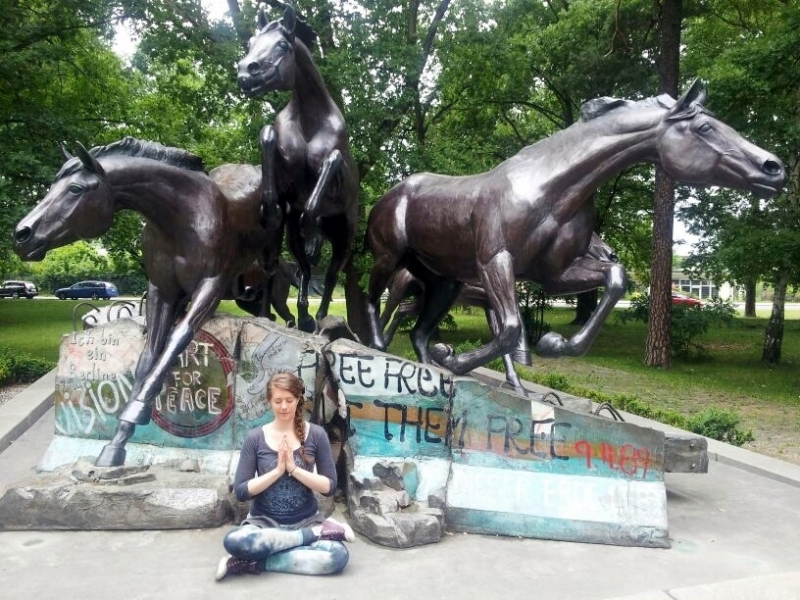Meditation for monkey-minds by Irina Verwer
In the Yoga Sutra’s (an ancient text on yoga), a path is given to guide you on your way to enlightenment.
That path has several steps – eight, to be precise. Those steps are also called ‘limbs’, and a ‘limb’ in Sanskrit is ‘anga’. ‘Eight’ in Sanskrit is ‘ashta’, so this eight-limbed path is also known as Ashtanga Yoga. Not to be confused with a certain style of hatha yoga with that same name, where you practice particular poses in a particular order.
A few of the steps in Ashtanga Yoga are discussing meditation. And those were the steps I talked about in some of my classes.
Three steps in Ashtanga Yoga
The three steps we explored in class are called Pratyahara, Dharana and Dhyana. Each step naturally leads to the next. So when you start with Pratyahara and you practice this long enough, you will automatically be led to Dharana, and from there to Dhyana.
When you practice Pratyahara, you’re withdrawing the senses. This simple means that you bring your attention inwardly. You notice the floor beneath you, you notice how your body is feeling , you observe your breath… From there, you will be led to Dharana, or ‘concentration’.
If you concentrate on something, like your breath, for a while, your always busy monkey-mind becomes happy. It has something to do, you gave it a job. No matter how many times it will become distracted and goes elsewhere, you bring it back to your breath. With love and care.
From that concentration, you will naturally flow into Dhyana, or meditation. This is the state where your mind becomes peaceful. You’ll be free of negative thoughts and negative emotions. You will be led into a state where there’s lacking nothing.
Need some more meditation inspiration?
Need more inspiration for your meditation practice? I love this explanation on monkey-minds, why and how to meditate:
Text: Irina Verwer
Image: Irina Verwer
Video: Happinez Magazine










